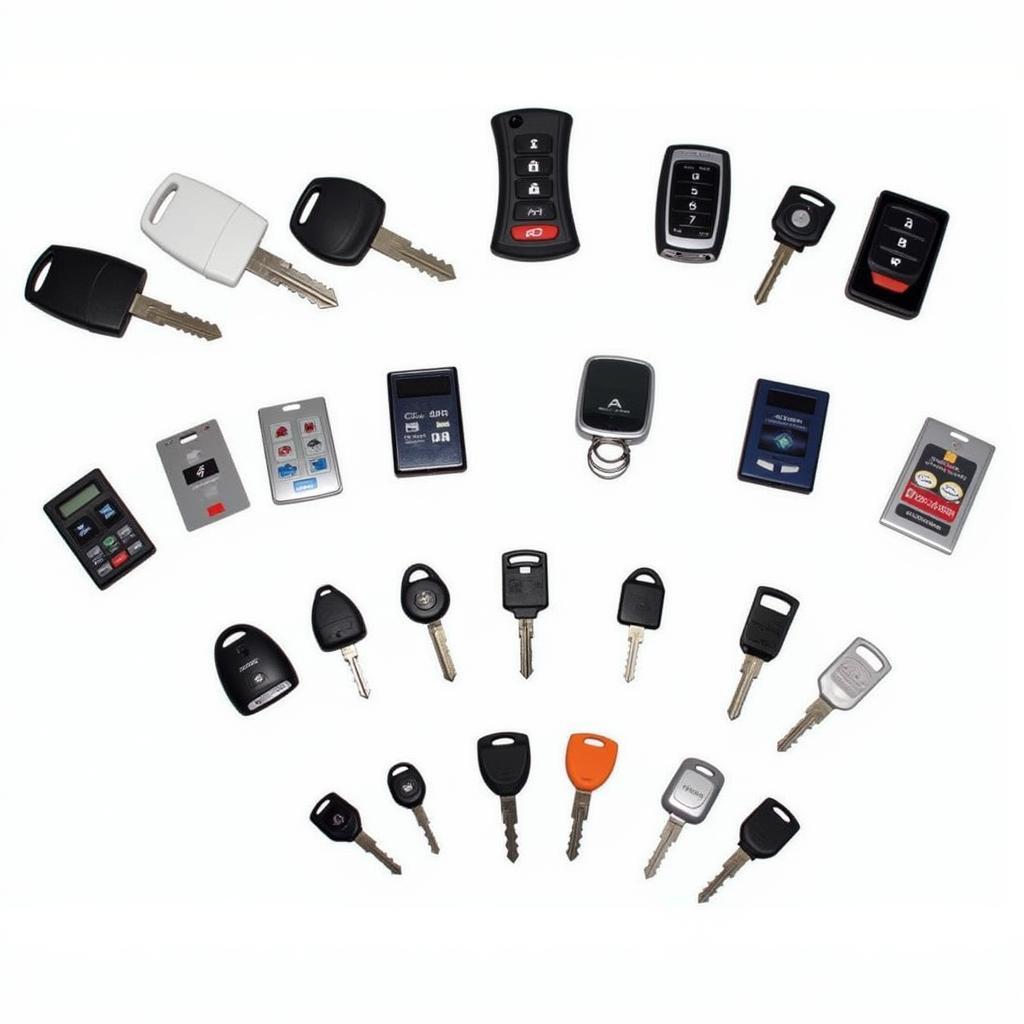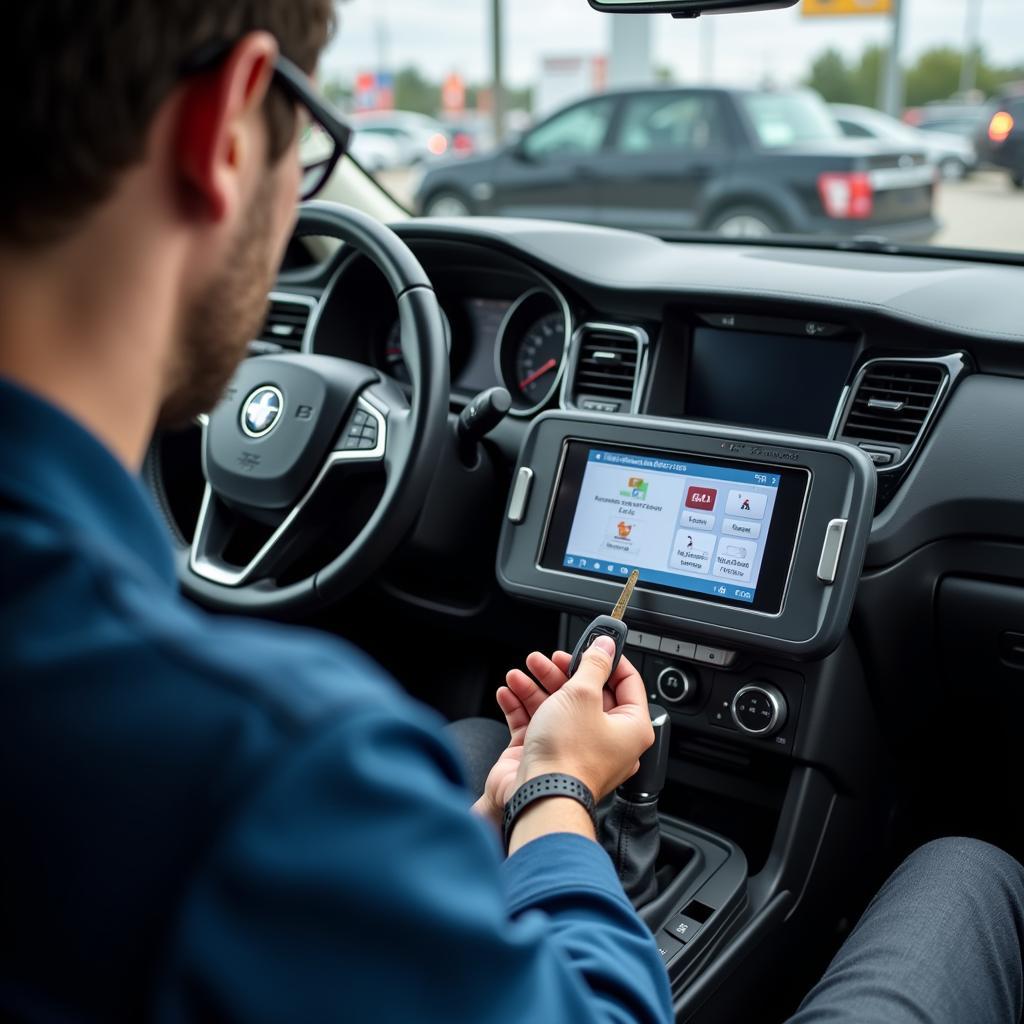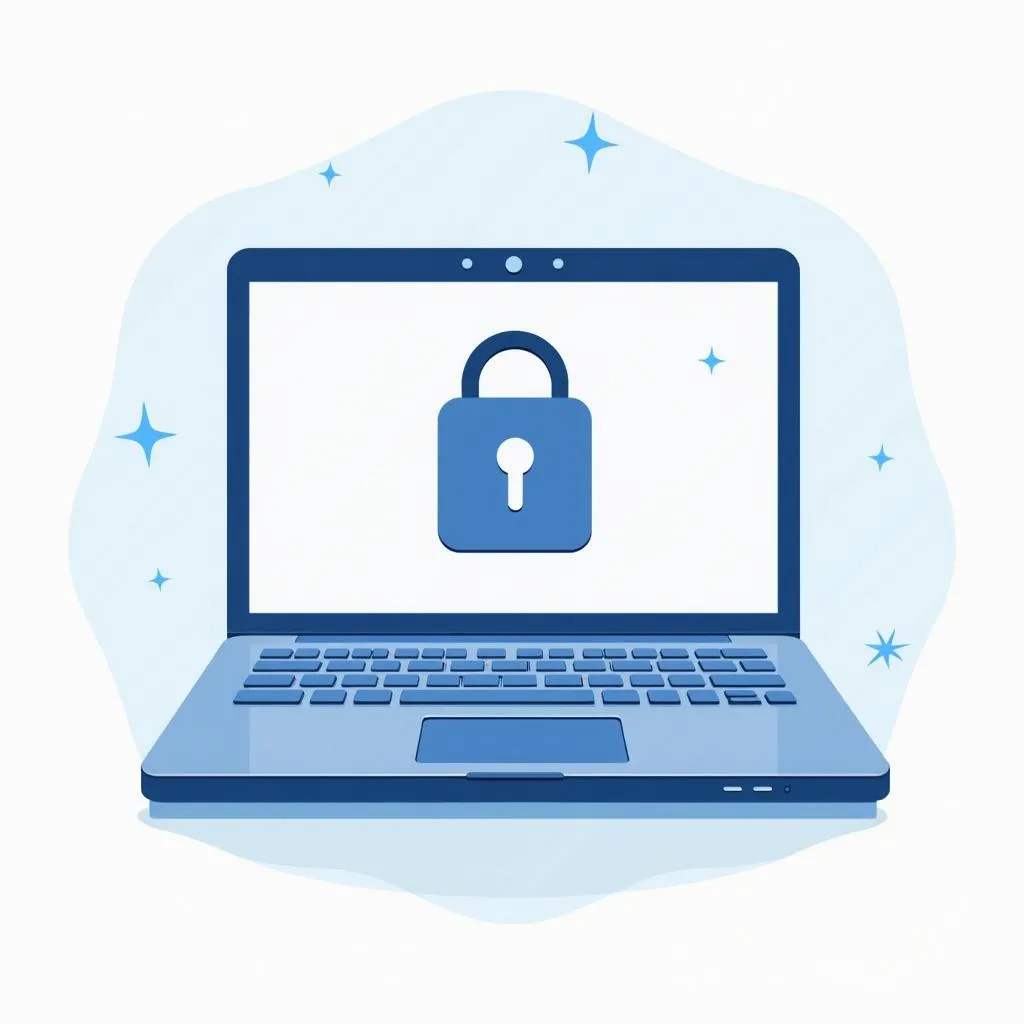OEM key fobs are essential for modern vehicle access and security. This comprehensive guide dives into everything you need to know about OEM key fobs, from understanding their importance and finding replacements to programming and troubleshooting common issues. We’ll cover various aspects, ensuring you have all the information necessary to manage your vehicle’s key fobs effectively. a set of anti theft lug nut
What are OEM Key Fobs and Why are They Important?
OEM key fobs, or Original Equipment Manufacturer key fobs, are specifically designed for your vehicle’s make and model. They offer advanced features like remote locking/unlocking, keyless entry, remote start, panic button, and trunk release. Using OEM key fobs ensures seamless integration with your vehicle’s systems, maximizing compatibility and functionality, unlike aftermarket alternatives.
Finding the Right OEM Key Fob for Your Vehicle
Choosing the correct OEM key fob is crucial for proper functionality. Factors to consider include your vehicle’s year, make, model, and trim level. A slight variation can mean incompatibility. Consult your owner’s manual or a trusted dealership to determine the precise part number for your specific vehicle.
 Different Types of OEM Key Fobs
Different Types of OEM Key Fobs
Programming Your OEM Key Fob: Step-by-Step Instructions
Programming a new OEM key fob can sometimes be done at home, while others require professional assistance. Some vehicles allow self-programming using a specific sequence involving the ignition and door locks. However, more complex systems often require specialized diagnostic equipment found at dealerships or automotive locksmiths.
- Gather necessary materials: This might include your vehicle’s owner’s manual, all existing key fobs, and the new key fob.
- Consult your owner’s manual: Look for specific programming instructions for your vehicle model.
- Enter programming mode: This typically involves a sequence of actions with the ignition and other controls.
- Program the new fob: Follow the instructions precisely to synchronize the new fob with your vehicle’s system.
- Test functionality: Verify that all functions of the new key fob, such as locking, unlocking, and remote start, work correctly.
Troubleshooting Common OEM Key Fob Issues
Key fobs can encounter various problems. Here are some common issues and possible solutions:
- Key fob not working at all: Check the battery. It’s the most frequent culprit. Replacing it is often a simple fix.
- Intermittent functionality: This could indicate a weak battery, a faulty key fob, or a problem with the vehicle’s receiver.
- Key fob not recognized by vehicle: Ensure the key fob is programmed correctly and compatible with your vehicle.
“A dead battery is the most common reason for key fob malfunctions,” says John Davis, Senior Automotive Technician at AutoTech Solutions. “Always start with the simplest solution before exploring more complex issues.”
Where to Buy OEM Key Fobs
OEM key fobs can be purchased from dealerships, authorized online retailers, or reputable automotive parts stores. Ensure you are getting a genuine OEM key fob, not an aftermarket version, to guarantee compatibility and quality.
The Cost of OEM Key Fobs
The price of an OEM key fob varies depending on the vehicle’s make, model, and the fob’s features. Simple key fobs might cost less than $100, while more sophisticated ones with advanced features can cost several hundred dollars. Programming costs can add to the total expense.
 Programming an OEM Key Fob at a Dealership
Programming an OEM Key Fob at a Dealership
Why Choose OEM over Aftermarket Key Fobs?
While aftermarket key fobs might seem cheaper, they often lack the same level of quality, security, and functionality as OEM key fobs. OEM key fobs are designed specifically for your vehicle, ensuring seamless integration and optimal performance. They also come with warranties and support from the manufacturer. “Investing in an OEM key fob ensures long-term reliability and peace of mind,” adds Maria Sanchez, Lead Automotive Engineer at CarKey Experts.
Conclusion
OEM key fobs are an essential part of modern vehicle ownership. Understanding their functions, choosing the correct replacement, and knowing how to program and troubleshoot common issues empowers you to manage your key fobs effectively. Choosing a genuine OEM key fob is a worthwhile investment for security, reliability, and overall vehicle functionality. Remember to always consult your vehicle’s owner’s manual or a qualified professional when dealing with key fob issues.
FAQ
-
Can I program my own OEM key fob?
Yes, some vehicles allow self-programming, while others require professional assistance. Consult your owner’s manual. -
Where can I buy OEM key fobs?
From dealerships, authorized online retailers, or reputable automotive parts stores. -
How much do OEM key fobs cost?
Prices vary depending on the make, model, and features. Expect to pay between $100 and several hundred dollars. -
What’s the difference between OEM and aftermarket key fobs?
OEM key fobs are designed specifically for your vehicle by the manufacturer, while aftermarket fobs are produced by third-party companies. -
What should I do if my key fob isn’t working?
First, check the battery. If that doesn’t solve the issue, consult a professional. -
How do I find the correct OEM key fob for my car?
Refer to your owner’s manual or contact a dealership to determine the correct part number. -
Why are OEM key fobs important?
They offer advanced features, seamless integration, and enhanced security compared to aftermarket alternatives.


